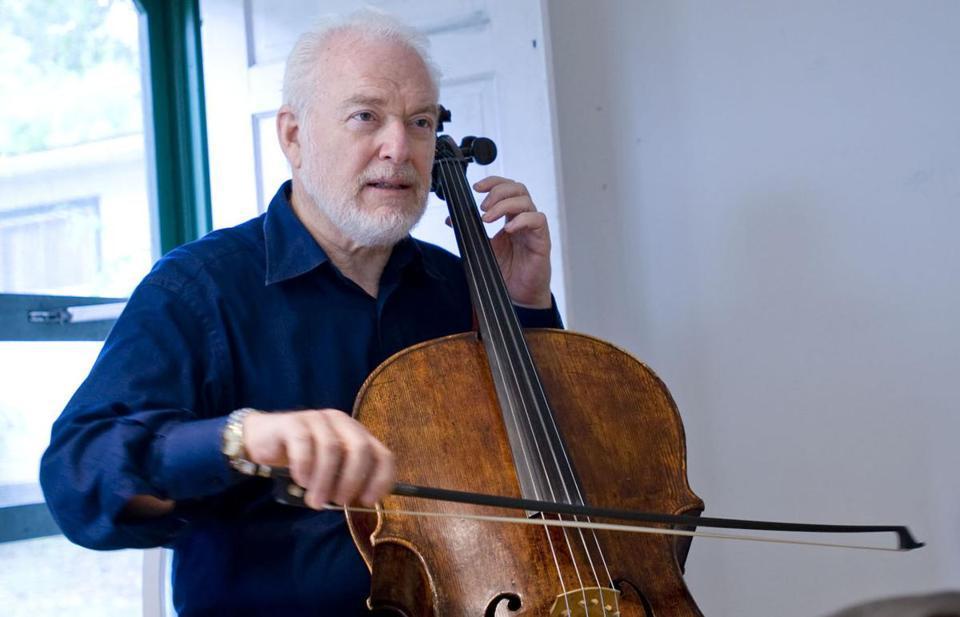Rachmaninoff, Say, Brahms: July 20, 2018
This evening presents piano trios of two renowned pianist-composers. Rachmaninoff composed his first Trio élégiaque at the age of nineteen. Though still a student in Moscow, this early work features the lush harmonies and flashes of pianistic virtuosity for which Rachmaninoff would become famous. Its lugubrious conclusion is followed by the celestial trio of Turkish-born virtuoso Fazil Say, written the year after Felix Baumgartner took his record-breaking skydive from the stratosphere. The concert finishes with Brahms’s magisterial first Piano Quartet, complete with its irrepressibly crowd-pleasing Finale ‘alla zingarese’.
SERGEI RACHMANINOFF
Trio élégiaque No. 1 in G Minor
In 1885, twelve-year-old Rachmaninoff was accepted into the class of Nikolai Zverev at the Moscow Conservatory. Zverev had a ferocious reputation for strictness, and Rachmaninoff recalled his trepidation as he become one of Zverev’s “cubs” (as Zverev referred to his pupils). He moved into Zverev’s house, where his students boarded, and later reminisced: “Discipline entered my life. God forbid that I leave the piano five minutes before my time of three hours was up! Or one uncompleted note – such cases were capable of stirring him up into a fearsome temper. However, all our achievements and diligence paid off: he drove us, his pupils, to various houses with concerts. When I finished playing, Zverev said: ‘Now that is how one should play the piano!’” Rachmaninoff remained at the Moscow Conservatory until 1892, studying counterpoint with Taneyev, composition with Arensky, and later becoming a piano student of Alexander Siloti, a former student of Liszt’s.
It was in his final year of study at the Conservatory that Rachmaninoff composed his one-movement Trio élégiaque, the same year he composed his prize-winning one-act opera, Aleko, and, most famously, his Prélude in C-Sharp minor. The trio is the first of two trios to which Rachmaninoff would append the label, ‘elegiac’. The second, a three-movement work composed in 1893, was a monumental memorial to Tchaikovsky, who died that year. But the shorter first trio, despite its title, has no obvious dedicatee. The opening theme nevertheless alludes to Tchaikovsky, inverting the four-note horn motif that opens the elder composer’s first piano concerto, a musical quotation that the conservatory audience will most likely have caught; while the rest of the work demonstrates the obvious virtuosity of its composer, who premiered the trio from the piano.
FAZIL SAY
Space Jump, Op. 46
Fazıl Say has provided the following program note to accompany Space Jump:
What do Fazıl Say and the extreme sportsman Felix Baumgartner have in common? Space Jump: the spectacular jump from the stratosphere. In this composition, Say depicts each phase of the jump, from take off to a safe landing on earth. Say’s intense fascination with this event prompted a work containing every emotion he experienced as a spectator.
JOHANNES BRAHMS
Piano Quartet No. 1 in G Minor, Op. 25
Before Brahms had ever visited Vienna, the city where he would eventually settle for the majority of his career, he worked between his native Hamburg and the small court of Prince Leopold III at Detmold. He had secured his post at Detmold thanks to Clara Schumann, whom he had met in Düsseldorf in 1853; Schumann was impressed by Brahms’s talent even at age twenty, and she remained a lifetime friend, supporter (and of course, love interest) of the composer. During these stable years, Brahms spent his winters at the court, where he gave lessons to Princess Friederike; the rest of the year, sustained by the stipend he received from his court position, Brahms returned to Hamburg, where he founded the Hamburg Ladies’ Choir and composed a wide range of chamber music – including both String Sextets, the Piano Quintet, his first two Piano Quartets, and an abundance of songs and choral music.
The Piano Quartet, Op. 25 is a composition on a grand scale, in a complex form rich in development and full of contrasts, seemingly designed for the concert stage rather than the domestic salon. (Indeed, a few decades later, Schoenberg saw its symphonic potential, which he realized by orchestrating it.) Its exhilarating Finale is marked “alla Zingarese”, which translates to “in the Gypsy style”, an allusion to the popular Romani music which could be heard in streets and cafés across Germany and Austria. The Quartet received its premiere performance in Hamburg in 1861, with none other than Clara Schumann handling the fiendish keyboard part; and it was among the first works Brahms performed when he moved to the Austrian capital the following year, arousing excitement among Vienna’s artistic circles over the up-and-coming new musical presence.

